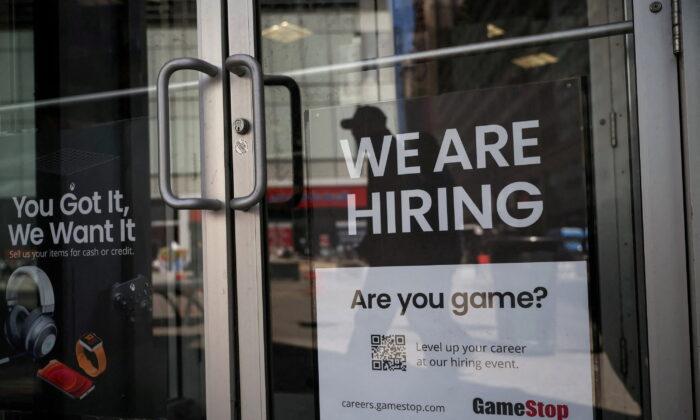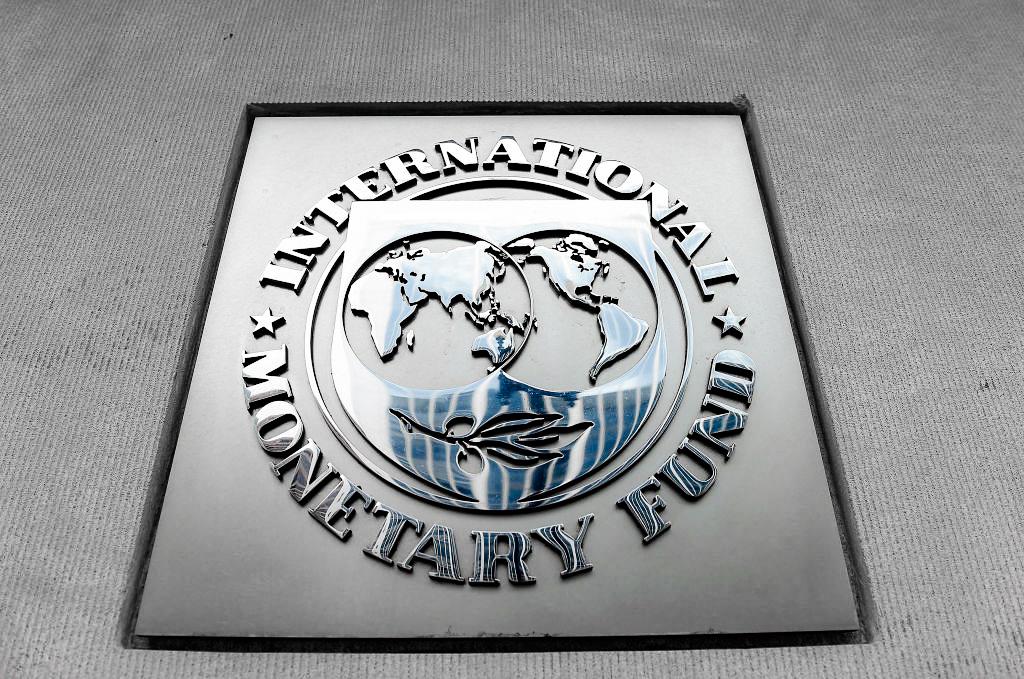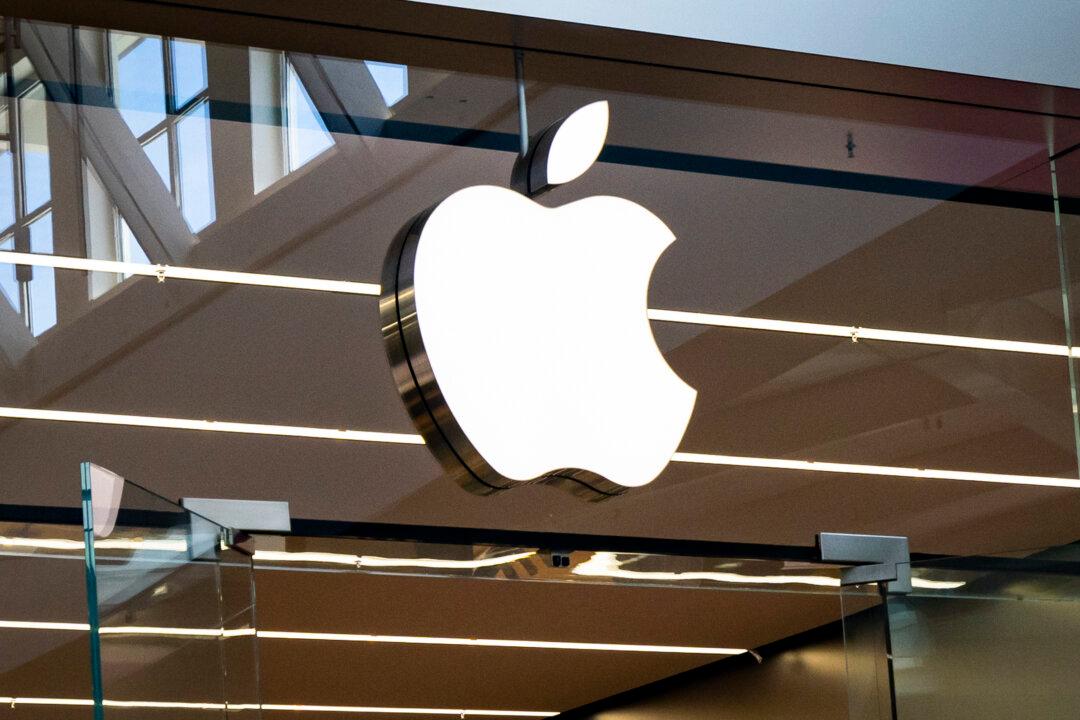The unemployment rate in the United States is set to worsen further as businesses are predicted to add fewer workers in the course of this year based on a quarterly Economic Indicator poll by Bankrate.
Employers are only expected to add an average of 42,000 jobs per month during the year, which is roughly a tenth of the 400,000 new positions that businesses have added on average every month over the past 12 months.
Odds of the United States being in a recession in 2023 were pegged at 64 percent. Among respondents, 62 percent believe the Fed won’t likely cut rates until 2024.
Job Gains
According to Bernard Markstein, chief economist at Markstein Advisors, although job gains will continue in the first part of 2023, it will only be in diminishing numbers. Higher interest rates will eventually take a toll, turning the job gain situation to job losses by summer, which will only increase throughout the year, he said.Following the end of pandemic lockdowns, America faced a labor shortage. Robert Frick, corporate economist at the Navy Federal Credit Union, pointed out that there is still a shortage of 3.8 million jobs in the labor market when compared to the pre-pandemic trend.
“Our working assumption is that the economy follows a ‘soft landing’ path, even though the risks are obviously skewed downward given the rarity of successful soft landings,” said Mike Englund, chief economist at Action Economics, according to the survey.
Cutting Jobs, Quiet Hiring
A December report by Challenger, Gray & Christmas showed that job cuts soared by 127 percent in November from a month earlier, and by 417 percent when compared to a year ago.Meanwhile, employers only announced plans to hire 1,430,671 people for the year until November, which is 14 percent down compared to the same period in 2021.
According to Emily Rose McRae from Gartner, bosses and employees should prepare for quiet hiring in 2023.
Quiet hiring is when an organization acquires new skills without hiring any new full-time employees. This can mean encouraging existing employees to move into other roles within the organization or hiring short-term contractors.
“The talent shortage that we talked about throughout 2022 hasn’t gone away,” McRae says. “So, you’re in a situation where it’s harder to get head count, and you have a desperate need for talent.”





